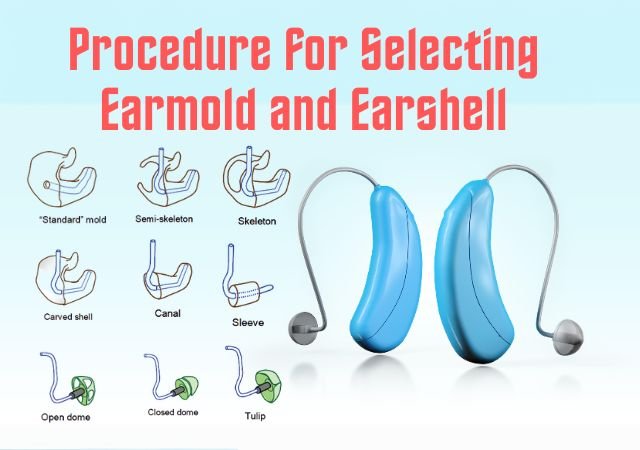Speech as an Overlaid Function: According to Sapir, 1921 physiologically, speech is an overlaid function, or to be more precise, a group of overlaid functions. It gets what service it can out of organs and functions, nervous and muscular, that have come into being and are maintained for very different ends than its own.
| Sub-System | Biological Function | Linguistic Function |
| Diaphragm, Lungs, Ribcage | Respiration | Source of airflow used to generate sounds |
| Larynx | Acting as a valve, coughing | Phonation |
| Velum | Breathing through the nose, acting as a valve | Production of nasal & nasalized sounds |
| Tongue | Eating, Swallowing | Changing acoustics of oral cavity, creating constrictions that generate turbulence, blocking and releasing airflow causing bursts |
| Teeth | Biting, Chewing | Provide sharp edges for creating turbulence |
| Lips | Feeding, Acting as valve, Facial expression | Changing acoustics or oral cavity, creating constriction that generates turbulence, blocking and releasing airflow causing bursts |
Understanding Speech Production
The production of speech involves intricate processes that seamlessly coordinate various anatomical structures.
From the initial formation of sounds in the vocal tract to the modulation of pitch and volume, our bodies work in harmony to generate speech.
The coordinated movements of the vocal cords, tongue, lips, and respiratory system allow us to produce a vast range of sounds and articulate words.
The Role of Lungs in Speech Production
The lungs play a crucial role in respiration for life and the secondary function is speech production by providing the necessary airflow. When we speak, air is expelled from the lungs and passes through the vocal cords, which vibrate to produce sound.
The diaphragm, a dome-shaped muscle located beneath the lungs, contracts and relaxes to control the flow of air.
It acts as the power source, providing the necessary breath support for speech.
The Importance of the Larynx in Speech
The larynx’s primary function is to protect the airway by acting as a valve. Larynx acts as a protective mechanism, closing off the airway during swallowing to prevent food and liquids from entering the lungs.
It is often referred to as the voice box, is located at the top of the trachea. It houses the vocal cords, which are responsible for producing sound during speech.
The Function of the Velum in Speech Articulation
The primary function of the velum, also known as the soft palate, is to separate the oral cavity (mouth) from the nasal cavity.
During speech, the velum plays a crucial role in determining whether air is directed through the oral or nasal cavity. When we produce nasal sounds like “m” or “n,” the velum lowers, allowing air to pass through the nose. For oral sounds, such as “b” or “p,” the velum remains raised, directing the airflow solely through the mouth.
The Tongue’s Contribution to Speech Formation
The tongue plays a primary role in oral functions related to eating, drinking, speaking, and maintaining oral hygiene.
The tongue is a versatile organ that assists in shaping speech sounds. It is responsible for articulating various consonants and vowels by changing its position within the oral cavity. The tip, blade, and back of the tongue are all involved in different sound formations. By altering the shape, placement, and movement of the tongue, we can produce a wide range of speech sounds.
How Teeth Influence Speech Sounds
The primary function of the teeth is to chew & bite.
Teeth also play a crucial role in speech articulation by influencing the airflow and creating certain speech sounds. The upper and lower teeth act as articulatory landmarks for sounds like “th,” “s,” and “z.” The tongue interacts with the teeth to produce these specific sounds, and any misalignment or dental issues can affect speech clarity.
The Role of Lips in Shaping Speech
The primary function of the lips is to facilitate eating and drinking.
Secondly, lips are essential in shaping speech sounds, particularly consonants and rounding vowels. They control the airflow and create specific articulatory positions that contribute to the formation of sounds like “p,” “b,” “m,” and “o.” The position and movement of the lips significantly impact speech intelligibility.
References:
⇒ Speech Science Primer (Sixth Edition) Lawrence J. Raphael, Gloria J. Borden, Katherine S. Harris [Book]
You are reading about:
Speech as an Overlaid Function







0 Comments